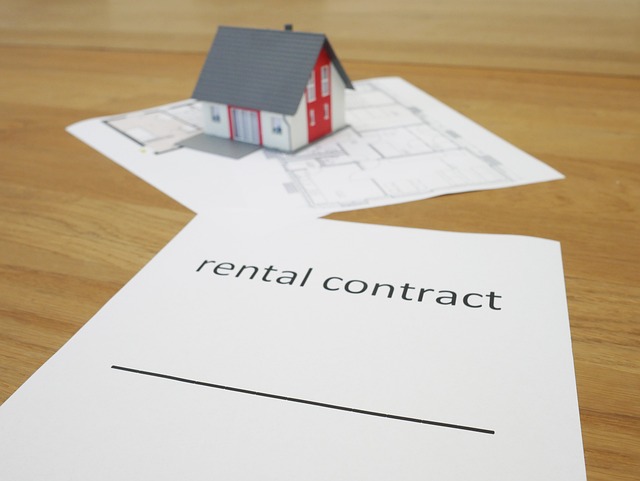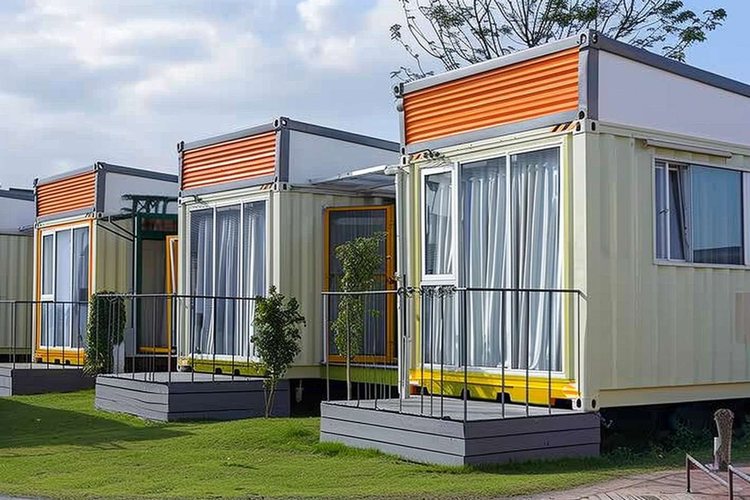Why Granny Annexes Are So Popular in 2025
Granny annexes have emerged as essential fixtures in modern housing solutions in the UK by 2025, catering to the growing popularity of multigenerational living amidst spiraling social care costs. Offering a balance between financial savings and lifestyle flexibility, modern structures enhance property value and adaptability. Comprehending the regulations and benefits can guide strategic family planning.Property developers and homeowners across the United Kingdom are witnessing a remarkable shift in housing strategy as granny annexes emerge from niche additions to mainstream property investments. The convergence of demographic trends, policy changes, and economic pressures has created a unique window of opportunity for those willing to embrace multigenerational living solutions.

The surge in granny annexe popularity reflects changing demographics, evolving family structures, and shifting economic priorities. As property prices continue to rise and care costs escalate, these versatile structures provide homeowners with flexible solutions that address multiple needs simultaneously. The combination of practical benefits and investment potential has positioned annexes as a compelling addition to residential properties.
How Government Incentives Transform Annexe Economics
Recent policy changes have significantly improved the financial landscape for annexe construction. Planning permission reforms introduced in 2024 have streamlined the approval process, reducing both time and costs for homeowners. Additionally, council tax exemptions for certain types of annexes have made them more economically viable. These incentives, combined with VAT reductions on construction materials for family accommodation, have lowered the barrier to entry for many property owners considering this investment.
Why Market Demand Drives Property Value Enhancement
The rental market for self-contained accommodation has strengthened considerably, with annexes commanding premium rates due to their privacy and independence. Properties with well-designed annexes typically see value increases of 15-25% compared to similar homes without these features. This demand stems from young professionals seeking affordable housing options, elderly relatives requiring nearby but independent living arrangements, and the growing trend of multi-generational households seeking practical solutions.
How Design Innovations Make Annexes More Accessible
Modern annexe designs have evolved far beyond basic conversions, incorporating smart home technology, energy-efficient systems, and accessibility features as standard. Modular construction techniques have reduced build times while improving quality control. Contemporary designs focus on maximising natural light, creating seamless indoor-outdoor connections, and ensuring compliance with building regulations. These innovations have transformed annexes from basic accommodation into desirable living spaces that appeal to a broader demographic.
What Financial Planning Strategies Maximize Investment Returns
Successful annexe investments require careful consideration of construction costs, ongoing maintenance, and potential rental income. Most homeowners see payback periods of 8-12 years when combining rental income with property value increases. Tax implications, including potential capital gains considerations and rental income reporting, form crucial elements of the investment equation. Professional financial advice helps optimise the investment structure and maximise long-term returns while ensuring compliance with relevant regulations.
| Annexe Type | Average Cost | Potential Monthly Rental | ROI Timeline |
|---|---|---|---|
| Garden Studio | £25,000-£40,000 | £600-£900 | 10-12 years |
| Garage Conversion | £15,000-£30,000 | £500-£750 | 8-10 years |
| Purpose-Built Annexe | £40,000-£80,000 | £800-£1,200 | 12-15 years |
| Converted Outbuilding | £20,000-£45,000 | £650-£950 | 9-11 years |
Prices, rates, or cost estimates mentioned in this article are based on the latest available information but may change over time. Independent research is advised before making financial decisions.
Where Regional Variations Create Strategic Opportunities
Location significantly impacts both construction costs and rental potential for annexes. Southern England typically sees higher construction costs but also commands premium rental rates, while northern regions offer lower build costs with steady rental demand. Rural areas often provide more flexible planning permissions but may have limited rental markets, whereas urban locations face stricter regulations but offer stronger rental demand. Understanding these regional dynamics helps property owners make informed decisions about annexe investments.
The popularity of granny annexes in 2025 reflects their ability to address multiple contemporary challenges simultaneously. From providing flexible family accommodation to creating valuable investment opportunities, these structures offer practical solutions that align with current market conditions. As government policies continue to support their development and design innovations make them increasingly attractive, annexes are likely to remain a popular choice for property owners seeking to maximise their investment potential while addressing evolving housing needs.




